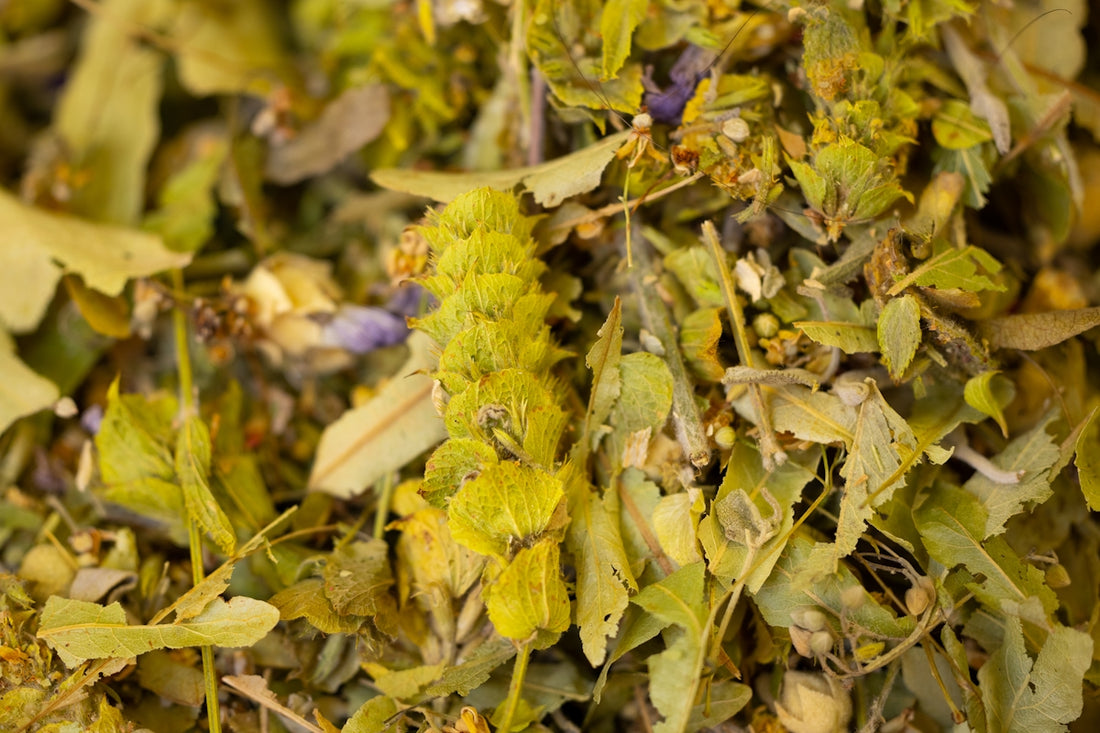
How to Make Loose Leaf Tea a Comprehensive Chinese Tea Tutorial
Tea, a beverage cherished across cultures and centuries, finds one of its finest forms in Chinese loose leaf tea. Revered for both its complexity and simplicity, Chinese tea offers an engaging exploration of flavors, aromas, and health benefits. In this comprehensive tutorial, we'll delve into the art of making loose leaf tea with a focus on Chinese varieties, while addressing key topics like the optimal temp for tea and how cold brew tea can transform your tea experience.
Understanding Loose Leaf Tea
Loose leaf tea stands apart from tea bags due to its superior quality and flavor profile. The leaves are minimally processed, allowing them to retain their natural oils, nutrients, and flavors. This offers a richer and more nuanced taste once brewed.
Types of Chinese Loose Leaf Tea
White Tea
- White Peony White Tea: A delicate and slightly sweet tea with floral and fruity notes. It is one of the most celebrated white teas available.
- NO.1520 White Tea: Known for its subtle taste and smooth texture, it’s perfect for those new to white teas.
Green Tea
Bi Luo Chun Green Tea: Renowned for its curly appearance, this tea offers a fresh aroma that bursts with fruity and floral flavors.
Pu'er Tea
Da Xue Shan Pu'er Tea: Aged and fermented, Pu'er tea like Da Xue Shan has a profound earthy flavor that matures with time.
Herbal Tea
Fruit-Cinnamon Rock Tea: This unconventional blend combines fruity and spicy notes, creating a warm, comforting brew that's caffeine-free.
Brewing Techniques
Brewing loose leaf tea is an art that requires attention to detail. Here's how you can perfect your tea-making skills:
Step 1: Choosing the Right Tea
Select your preferred tea from the broad categories of white, green, Pu'er, or herbal. Each type offers a unique tasting experience, so consider what you're in the mood for.
Step 2: Measuring Your Tea
A common guideline is to use 1 teaspoon of tea leaves per 8 ounces of water. High-quality teas like the Bi Luo Chun Green Tea or Da Xue Shan Pu'er Tea may require a little more or less depending on the strength you prefer.
Step 3: Optimal Temp for Tea
- White Tea: Best brewed at lower temperatures between 160°F to 185°F. This helps in preserving its delicate flavors.
- Green Tea: Similarly, this requires slightly lower temperatures, ideally around 170°F to 185°F, to avoid bitterness.
- Pu'er Tea: It can withstand higher temperatures, typically around 212°F, allowing the full-bodied flavors to develop.
- Herbal Tea: Optimal brewing temperature varies, but most herbal teas thrive at or near boiling.
Step 4: Infusion Time
- White Tea: 3-5 minutes
- Green Tea: 2-3 minutes
- Pu'er Tea: 4-5 minutes
- Herbal Tea: 5-7 minutes
Avoid over-steeping as it can lead to unwanted bitterness or an overly strong brew.
Advanced Techniques
Gongfu Cha
Translated as "making tea with skill", this method involves using a high leaf-to-water ratio and multiple short infusions, allowing you to savor evolving flavors over several steeps.
Cold Brew Tea
Cold brewing is a gentle way to extract flavors over an extended period. This method is great for accentuating sweet and mellow notes.
How to Make Cold Brew Tea:
- Add 1-2 teaspoons of loose leaf tea (like the White Peony White Tea) into a container filled with cold water.
- Cover and let it steep in the refrigerator for at least 6 hours, up to 24 hours.
- Strain and enjoy your refreshing tea.
Tips for Enhancing Your Tea Experience
- Quality Water: Use filtered water to prevent interference from chlorine and other contaminants.
- Teaware: Invest in quality teapot or gaiwan, especially if employing the gongfu cha method.
- Experiment: Don't be afraid to try different teas and techniques to discover your personal preference.
Chinese loose leaf teas offer a vast playground for both new and seasoned tea enthusiasts. By understanding the nuances of each type, mastering brewing techniques, and experimenting with cold brew tea, you'll be well-equipped to enjoy the myriad benefits these artisanal teas offer.
To explore an array of premium loose leaf teas, visit Tea Start and enhance your tea journey today.
